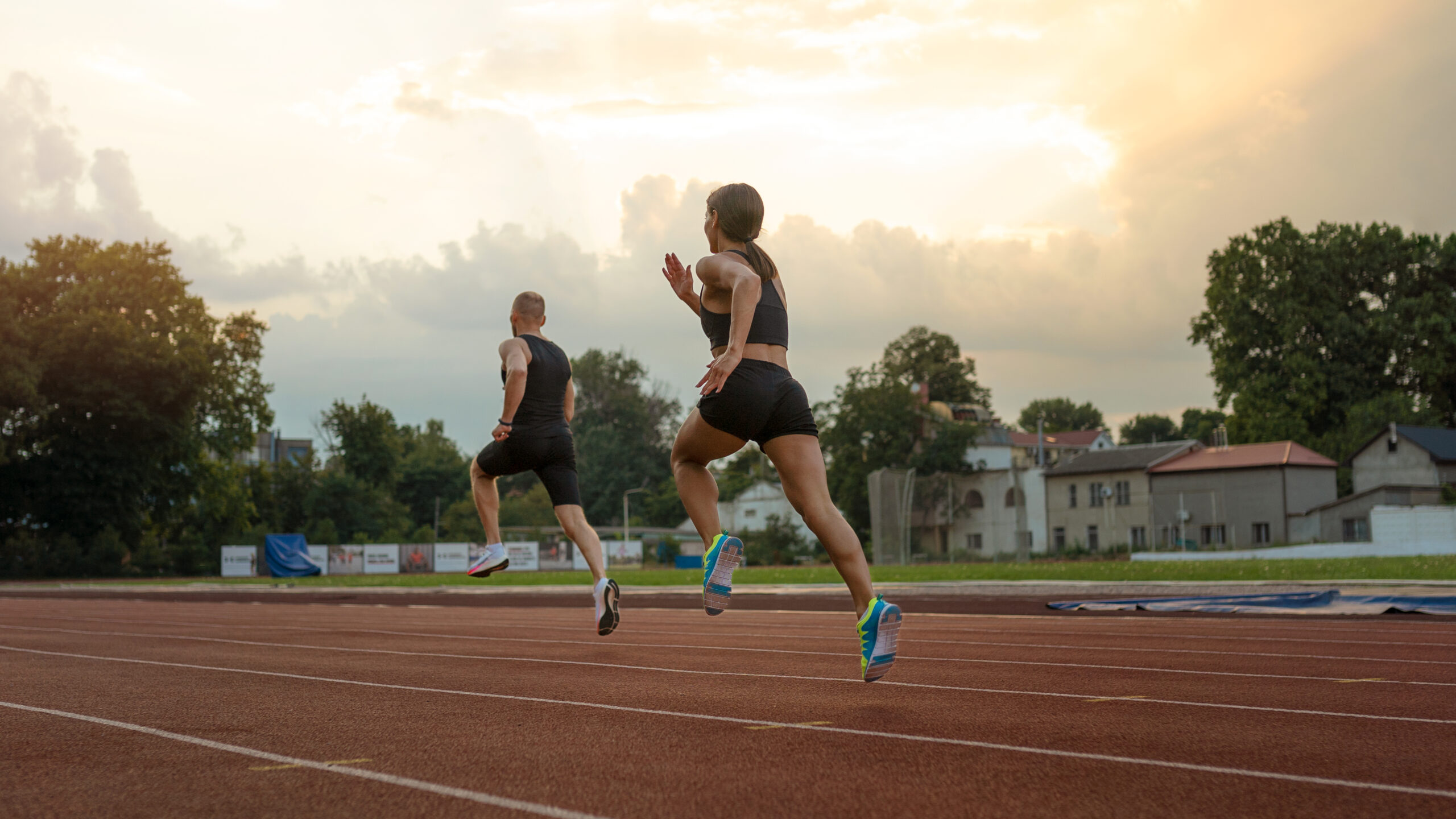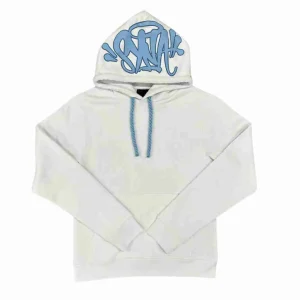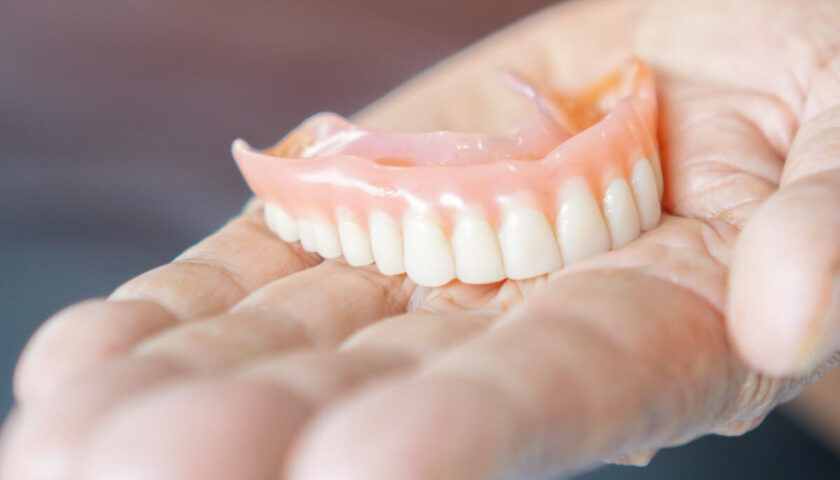Varicose veins, characterized by swollen, twisted veins often visible beneath the skin’s surface, are a common vascular condition that can affect individuals across all walks of life, including athletes. Athletes push their bodies to the limit, striving for peak performance. However, this dedication can sometimes lead to unforeseen health concerns, including varicose veins. These twisted, enlarged veins, often visible just beneath the skin, can be more than just a cosmetic issue for athletes. This article explores the impact of varicose veins on athletic performance, treatment options, and preventative measures athletes can take.
Understanding Varicose Veins and Their Impact on Athletes
Varicose veins occur when valves within the leg veins malfunction, causing blood to pool instead of flowing efficiently back to the heart. This pooling increases pressure in the veins, leading to bulging and twisting. Athletes are particularly susceptible to varicose veins due to several factors.
One of the factors is increased pressure. Activities like running, jumping, and weightlifting create significant pressure within the leg veins. Another is repetitive strain, since constant repetitive movements can damage the valves in the veins over time. And tight clothing, compression clothing, while beneficial for muscle support, can restrict blood flow if too tight. It can also be genetics if some athletes have a genetic predisposition for developing varicose veins.
Beyond Aesthetics: The Functional Impact
While varicose veins can be unsightly, their impact goes beyond aesthetics for athletes. They can affect performance and overall well-being. First, Pain and Discomfort since varicose veins can cause throbbing, aching pain, especially after prolonged activity. This discomfort can hinder performance and training consistency. Next, Fatigue and Heaviness. Legs may feel heavy and fatigued due to poor blood circulation, impacting agility and endurance.
Additionally, Reduced Recovery, impaired circulation can slow down tissue repair and recovery after training, hindering optimal performance. Next, Skin Complications, untreated varicose veins can lead to skin changes, itching, and even ulcers in severe cases. Then, Psychological Impact, since the appearance of varicose veins can cause self-consciousness and negatively impact an athlete’s confidence.
Treatment Options for Varicose Veins in Athletes
Fortunately, various treatment options are available for varicose veins in athletes:
Lifestyle Modifications
One treatment is Compression Stockings. Graduated compression stockings help improve blood flow by squeezing the legs, reducing pressure on the veins and minimizing discomfort. Another treatment is Exercise. Regular exercise, particularly activities that promote leg circulation like swimming and cycling, can be beneficial.
Also, Weight Management since maintaining a healthy weight reduces pressure on leg veins. And Lastly, Elevation. Elevating legs above the heart level when resting can aid in blood flow.
Minimally Invasive Procedures
Sclerotherapy is a solution that is injected into the varicose vein, causing it to scar and collapse. This is suitable for smaller varicose veins. Endovenous Laser Treatment (EVLT) is a laser used to heat and seal the varicose vein from within. This minimally invasive procedure offers faster recovery than traditional surgery. Radiofrequency Ablation (RFA) is similar to EVLT, RFA uses radiofrequency waves to close the varicose vein. In surgical procedures, Traditional Stripping and Ligation is performed. This surgery involves removing the damaged vein through small incisions. It’s typically reserved for severe cases.
Sclerotherapy
Sclerotherapy offers athletes a minimally invasive solution for managing varicose veins. In this procedure, a specialized solution is injected directly into the affected veins, causing them to collapse and eventually fade away. By targeting smaller varicose veins and spider veins, sclerotherapy effectively improves both the appearance and symptoms associated with venous insufficiency.
Athletes actually appreciate sclerotherapy for its quick recovery time, allowing them to return to their training regimen with minimal downtime. This treatment option not only addresses varicose veins but also promotes better venous circulation, potentially enhancing athletic performance and reducing the risk of complications related to venous insufficiency.
Preventing Varicose Veins: Proactive Measures for Athletes
While treatment options exist for athletes with varicose veins, preventing their recurrence or progression is equally important. Incorporating preventive measures into training routines and lifestyle habits can help athletes maintain optimal vascular health and reduce the likelihood of developing varicose veins. Ke prevention strategies include:
Regular Exercise
Engaging in regular physical activity is essential for promoting healthy circulation and preventing venous stagnation. Athletes should incorporate a variety of exercises into their training routines, including cardiovascular activities, strength training, and flexibility exercises, to support overall vascular function and muscle tone.
Proper Hydration
Adequate hydration is essential for maintaining optimal blood volume and viscosity, reducing the risk of blood pooling in the lower extremities. Athletes should prioritize hydration before, during and after workouts, especially in hot or humid conditions, to support vascular health and prevent dehydration-related complications.
Varicose Vein-Friendly Training
Athletes should modify their training routines to minimize the risk of exacerbating varicose veins. This may involve incorporating low-impact activities such as swimming or cycling, voiding prolonged periods of standing or sitting, and taking regular breaks to elevate the legs and promote venous return.
Healthy Lifestyle Choices
Adopting a healthy lifestyle, including maintaining a balanced diet, managing body weight, and avoiding tobacco use, can contribute to overall vascular health and reduce the risk of varicose veins. Nutrient-rich foods high in antioxidants, such as fruits, vegetables, and whole grains, support vascular integrity and reduce inflammation.
Compression Therapy
Prophylactic use of compression garments during training or competition can help athletes prevent venous pooling and reduce the risk of varicose vein development. Athletes should select compression garments with appropriate compression levels and sizes tailored to their individual needs and activity demands.
Key Takeaway
Varicose veins can be a challenge for athletes, impacting their performance, comfort, and long-term vascular health. However, with proper diagnosis, treatment, and preventive measures, athletes can maintain optimal leg health and continue their training at full capacity. Athletes can effectively manage varicose veins and optimize their athletic endeavors. By prioritizing healthy habits and working with a healthcare professional, athletes can minimize the risk of varicose veins and ensure their bodies operate at peak performance. Moreover, by prioritizing vascular health, incorporating preventive measures, athletes can minimize the impact of varicose veins and continue to pursue their athletic goals with confidence and vitality.




